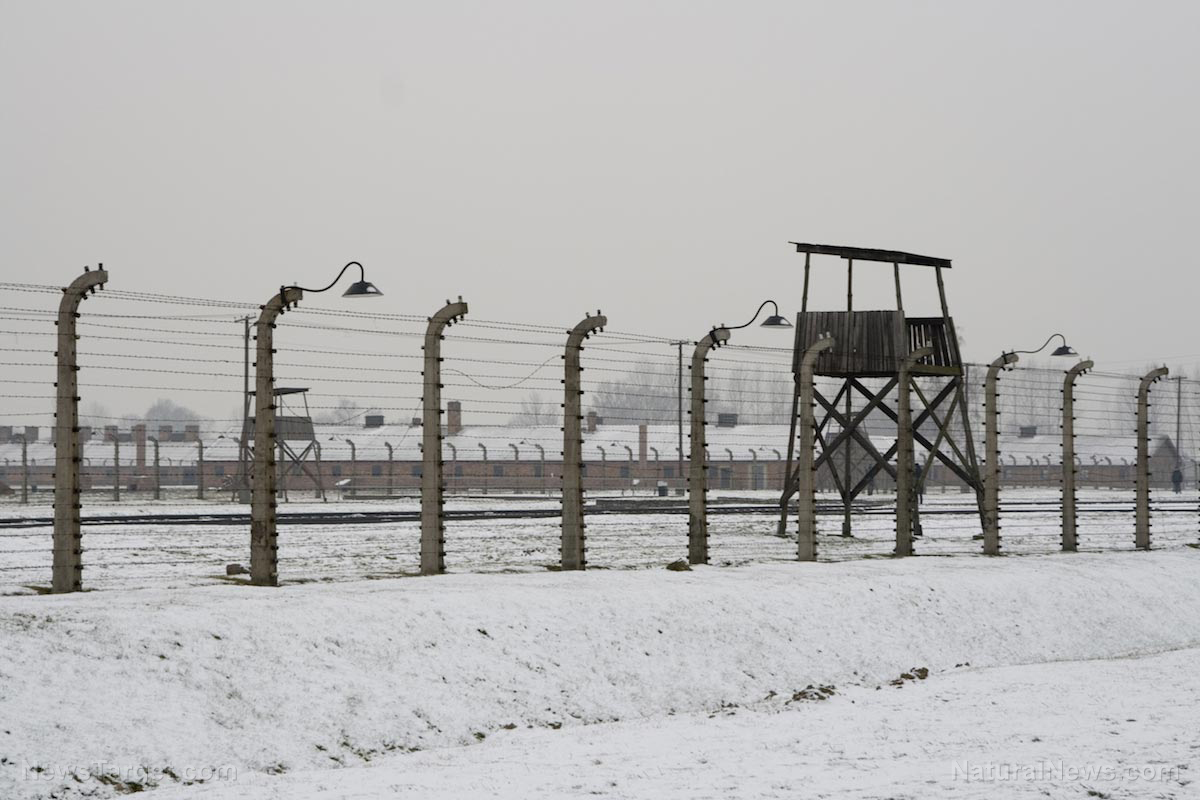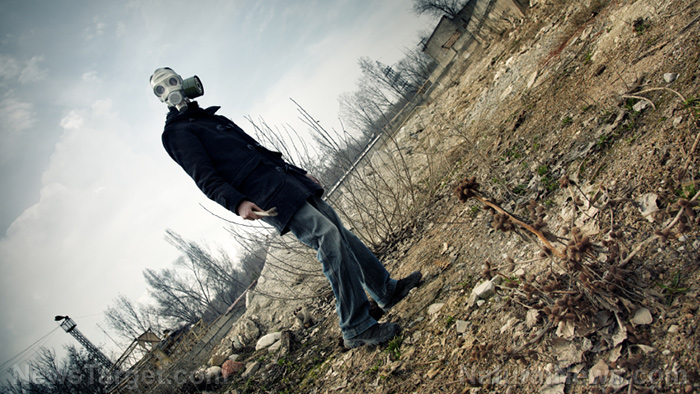MYSTERY: Ancient structures found at the gateways of dozens of volcanoes across the Middle East… nobody knows what they’re for
10/19/2017 / By Isabelle Z.

Scientists have discovered around 400 stone structures in Saudi Arabia that appear to have been built thousands of years ago, and now they are trying to solve the mystery of why they were built. These structures have been dubbed “gates” on account of their resemblance to field gates when viewed from above.
They were found in Harrat Khaybar, a volcanic area in the west-central part of Saudi Arabia. According to University of Western Australia Professor David Kennedy, who is part of the team that discovered the gates using satellite imagery, they are low and appear to have been roughly made. They’re believed to be the oldest man-made structures in the area.
The gates range in size from 43 feet to as long as 1,699 feet, and they are found in inhospitable fields of lava that lack water and vegetation. Some of them are draped across lava domes, which are mound-shaped areas of dried lava. It is believed that the volcanoes were active when the structures were constructed; some of the structures’ walls have been covered with newer flows, which indicates they predate some of the area’s volcanic flows.
Most of the gates appear in clusters of two or more. Interestingly, the spacing between the gates varies significantly, with some nearly touching and others situated tens of miles away from their closest neighbors.
Who? When? Why? How?
There are plenty of mysteries surrounding these structures. Scientists have failed to come up with an explanation of the purpose of the gates, nor can they say who built them, what they mean, or how old they are. They don’t appear to have been built for retaining cattle, for example, given their odd shapes and low walls. Some feature multiple stone walls forming a rectangular design, while others have a single stone wall and piles of stones on the ends.
What reason would ancient Saudis have had for building such gates on top of volcanoes in the desert? The researchers are hoping that an archeological survey of the area will lead to some clue as they get a chance to collect samples and take a closer look at the gates. So far, no archaeological fieldwork has been carried out. Once that happens, they can use carbon age dating to determine how old the lava fields and possibly the stone walls are, and they could discover other clues on the ground.
They’ve already found some other stone structures in the area, including stone “kites” that were used for hunting animals, and some structures termed “wheels.” Such structures were already known to researchers and are believed to date back 9,000 years to the Neolithic Age. These have been found on top of some of the gates, enabling the scientists to narrow down when they might have been built, but there is still a lot of uncertainty. Kennedy is convinced that they had great significance to those who built them given their vast number.
The presence of the kites indicates that the landscape there prior to the eruption might have been a lot more habitable to humans than it is now. In addition, the presence of volcanic edifices known as tuff cones that typically form near water hint that the area might have been much wetter in the past.
Kennedy believes the gates could be the earliest of what are known as the “Works of the Old Men” – old stone structures found across the Arabian area from the north of Syria to Yemen. Could it have been related to mining, hunting, or worship? Scientists are hoping to go there and find clues. Kennedy says: “It is crying out for close examination on the ground to see if there are associated artifacts.”
Find more news on ancient artifacts at Artifacts.news.
Sources include:
Tagged Under: ancient history, ancient man, archaeological find, Archaeology, artifacts, discoveries, gates, gateway, Harrat Khaybar, history, Mysteries, mystery, Saudi Arabia, volcanoes, Works of the Old Men



















